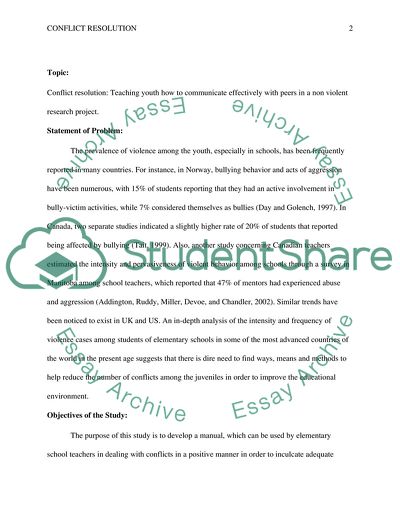Cite this document
(“Conflicts among Youth in the Educational Surrounding Research Paper”, n.d.)
Conflicts among Youth in the Educational Surrounding Research Paper. Retrieved from https://studentshare.org/psychology/1746362-conflict-resolution-teaching-youth-how-to-communicate-effectively-with-peers-in-a-non-violent-research-project
Conflicts among Youth in the Educational Surrounding Research Paper. Retrieved from https://studentshare.org/psychology/1746362-conflict-resolution-teaching-youth-how-to-communicate-effectively-with-peers-in-a-non-violent-research-project
(Conflicts Among Youth in the Educational Surrounding Research Paper)
Conflicts Among Youth in the Educational Surrounding Research Paper. https://studentshare.org/psychology/1746362-conflict-resolution-teaching-youth-how-to-communicate-effectively-with-peers-in-a-non-violent-research-project.
Conflicts Among Youth in the Educational Surrounding Research Paper. https://studentshare.org/psychology/1746362-conflict-resolution-teaching-youth-how-to-communicate-effectively-with-peers-in-a-non-violent-research-project.
“Conflicts Among Youth in the Educational Surrounding Research Paper”, n.d. https://studentshare.org/psychology/1746362-conflict-resolution-teaching-youth-how-to-communicate-effectively-with-peers-in-a-non-violent-research-project.


